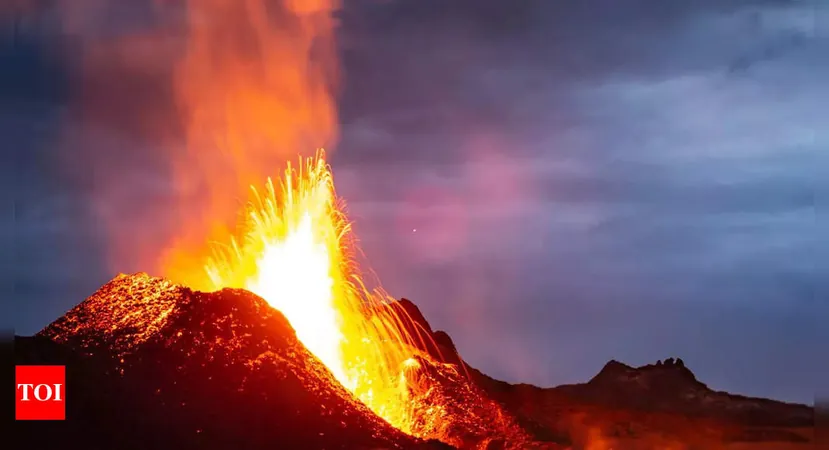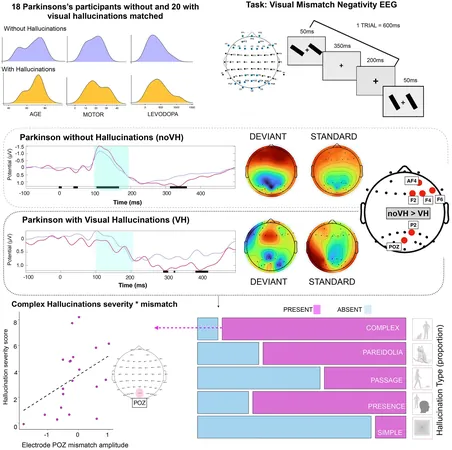
Groundbreaking Imaging Technique Reveals Volcano Secrets—Could This Save Lives?
2024-10-01
Introduction
In a remarkable breakthrough, a team of researchers from the French National Centre for Scientific Research (CNRS) and the Paris Institute of Planetary Physics (IPGP) has unveiled the intricate internal workings of the La Soufrière volcano in Guadeloupe. Utilizing an innovative technique known as matrix imaging—a fusion of medical imaging and optical microscopy—the scientists have managed to map the volcano's structure in unprecedented detail.
Traditional Methods of Volcano Imaging
Traditionally, imaging the inner layers of volcanoes has relied heavily on extensive networks of geophones—sensors that convert ground vibrations into electrical signals for seismic monitoring. However, the scarcity of these devices can hinder research efforts. Fortunately, the new matrix imaging approach circumvents this challenge, allowing researchers to glean essential information from existing seismic data.
Research Findings
By employing combined data from a limited geophone network, the team delved deep beneath La Soufrière to reveal its subterranean marvels. Their findings illustrate a complex arrangement of magma storage layers intricately linked to other geological formations. Understanding these layers is crucial for predicting volcanic eruptions, which pose significant risks to nearby communities.
Resolution and Insights
The researchers achieved an impressive resolution of 100 meters (about 328 feet) down to a depth of 10 kilometers (approximately 6.2 miles), offering profound insights into the volcanic structure. The implications of this research extend far beyond academic curiosity; accurately predicting volcanic activity could save lives lost to sudden eruptions, providing vital information for evacuation plans and disaster preparedness strategies.
Broader Applications of Matrix Imaging
Moreover, this advanced imaging technique promises broader applications. The scientists anticipate that matrix imaging could be used to explore other volcanic sites globally, significantly enhancing the ability to predict eruptions and contribute to our overall understanding of volcanic behavior.
Conclusion
As the world grapples with climate change and its impact on natural disasters, this groundbreaking method could provide a lifeline. The study not only enriches scientific knowledge but also represents a potentially life-saving tool in the ongoing battle to understand one of nature’s most formidable forces.
Future Developments
Stay tuned as we continue to follow the developments of this promising research!



 Brasil (PT)
Brasil (PT)
 Canada (EN)
Canada (EN)
 Chile (ES)
Chile (ES)
 España (ES)
España (ES)
 France (FR)
France (FR)
 Hong Kong (EN)
Hong Kong (EN)
 Italia (IT)
Italia (IT)
 日本 (JA)
日本 (JA)
 Magyarország (HU)
Magyarország (HU)
 Norge (NO)
Norge (NO)
 Polska (PL)
Polska (PL)
 Schweiz (DE)
Schweiz (DE)
 Singapore (EN)
Singapore (EN)
 Sverige (SV)
Sverige (SV)
 Suomi (FI)
Suomi (FI)
 Türkiye (TR)
Türkiye (TR)